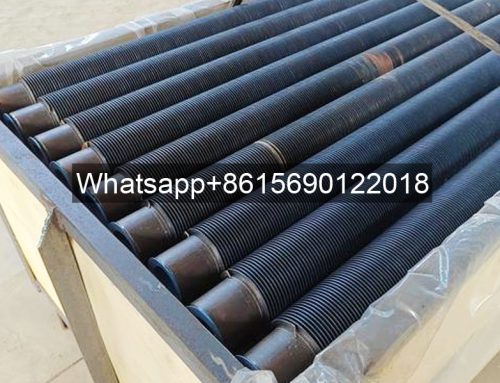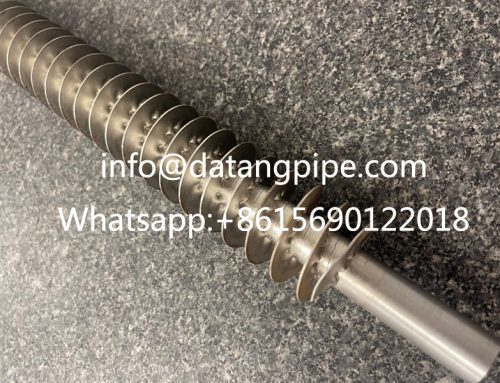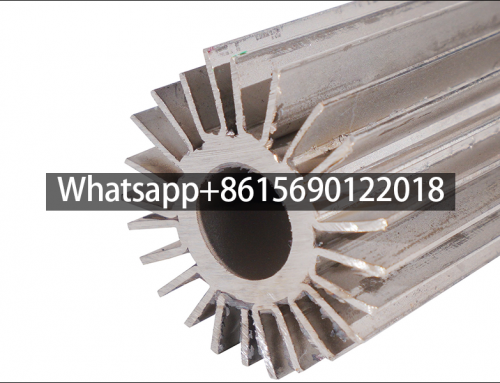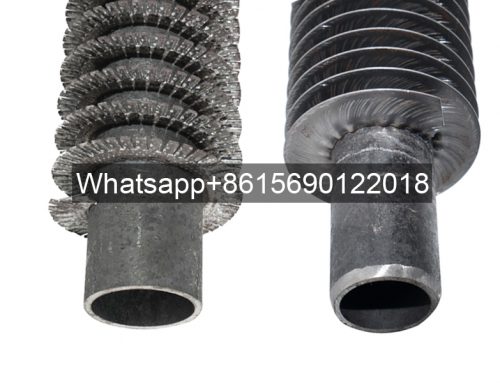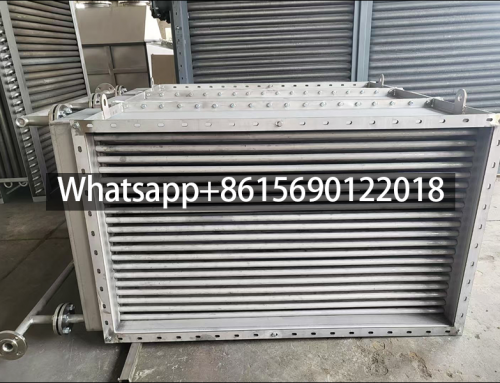What is a fin tube radiator?
Fin tube radiator is a heat exchange device that is most widely used in gas and liquid heat exchangers. It achieves the purpose of enhancing heat transfer by adding fins to ordinary base tubes.
Fin tube radiator (referred to as radiator, also known as heat dissipation tube, air heater, air heat exchanger): It is the main equipment in heat exchange devices such as cooling air with refrigerant, heating air with heat medium, or recovering air waste heat with cold water. Air can be heated by passing high-temperature water, steam or high-temperature heat transfer oil, and air can be cooled by passing salt water or low-temperature water.
Fin tube radiator is a heat exchange device that is most widely used in gas and liquid heat exchangers. It achieves the purpose of enhancing heat transfer by adding fins to ordinary base tubes. Base tubes can be steel pipes; stainless steel pipes; copper pipes, etc. Fins can also be steel strips; stainless steel strips, copper strips, aluminum strips, etc.
Fin tube radiators use the natural circulation of fluid in the tube to transfer heat, and have the characteristics of excellent thermal performance and small pressure drop.
Fin tube radiator Working principle
Fin tube radiators usually have a channel between the tube side and the shell side to form a convection flow state, thereby exchanging heat for the fluid with high heat exchange efficiency.
Fin tube radiator Application scenarios
Fin tube radiators play an important role in daily life and industrial production, which is directly related to the stable operation of equipment, the effective use of energy and people’s comfortable experience.
Fin tube radiators can be widely used in hot air heating, air conditioning, cooling, condensation, dehumidification, drying, etc. in various industries such as light industry, construction, machinery, textiles, printing and dyeing, electronics, food, starch, medicine, metallurgy, and coating.
Selection requirements for fin tube radiators
1. Requirements for thermal performance The higher the heat transfer coefficient K value of the fin tube radiator, the better its heat dissipation performance. To increase the heat dissipation of the radiator and increase the heat transfer coefficient of the fin tube radiator, you can increase the heat dissipation area of the outer wall, increase the air flow velocity around the fin tube radiator, and increase the outward radiation intensity of the radiator.
2. Economic requirements: the less metal consumption is required for the unit heat transferred to the room by the finned tube radiator, the lower the cost, and the better its economy.
The metal thermal strength of the finned tube radiator is a sign of the economic efficiency of the radiator. The metal thermal strength refers to the heat dissipated per kilogram of radiator per unit time when the difference between the average temperature of the heat medium in the radiator and the indoor air temperature is 1°C. This indicator can be used as an indicator to measure the economic efficiency of radiators of the same material. For finned radiators of various materials, the economic evaluation standard should be measured by the cost of the unit heat dissipation of the radiator (yuan/w).
3. Installation, use and process requirements: The finned tube radiator should have a certain mechanical strength and pressure bearing capacity; the structural form should be easy to combine into the required heat dissipation area, the structural size should be small, and less room area and space should be occupied. The production process of the finned tube radiator should meet the requirements of mass production.
4. Hygiene and aesthetic requirements: the surface should be smooth, dust-free and easy to clean. The installation of the finned tube radiator should not affect the appearance of the room.
5. In terms of service life, the finned tube radiator should not be easily corroded and damaged and have a long service life.


